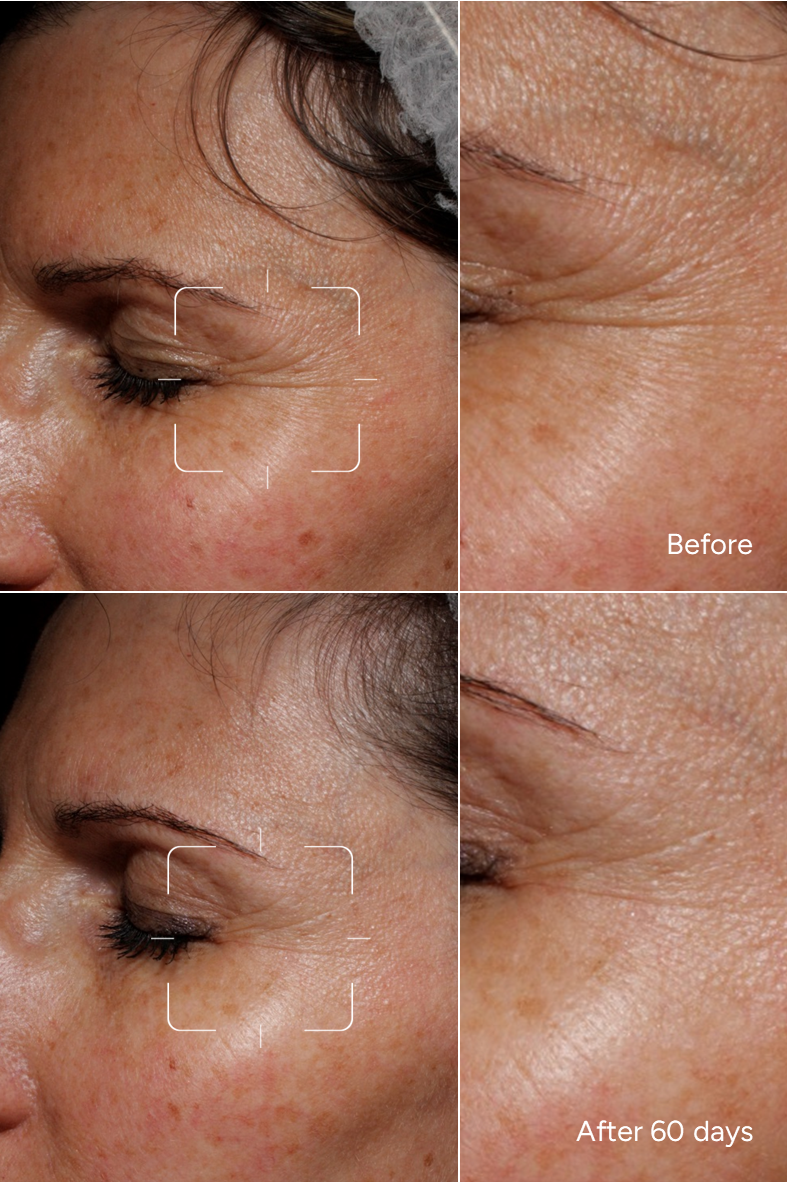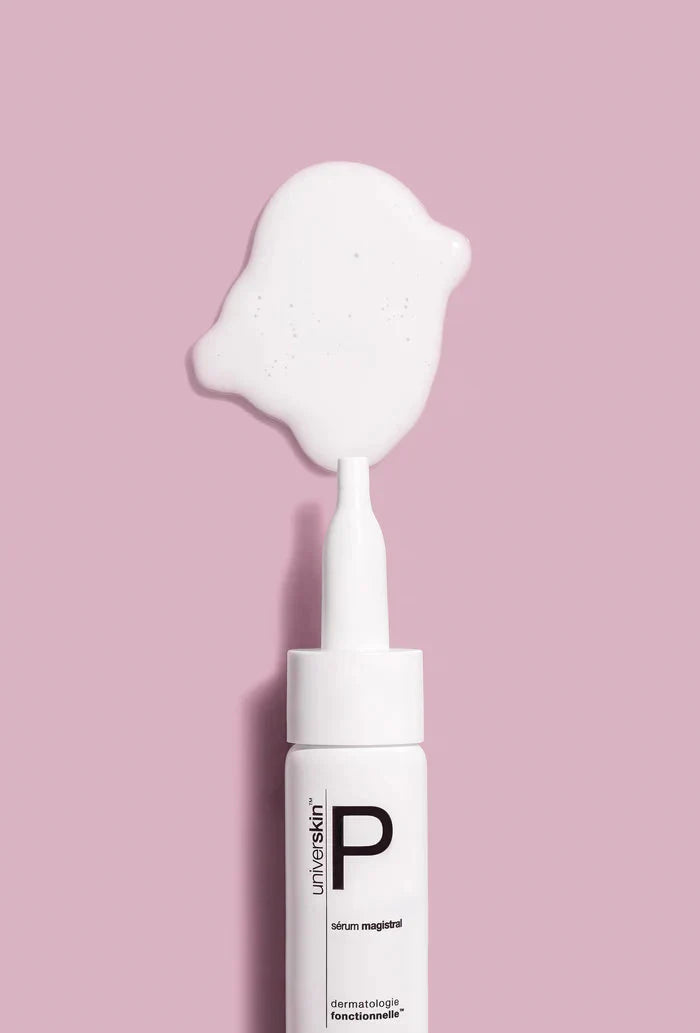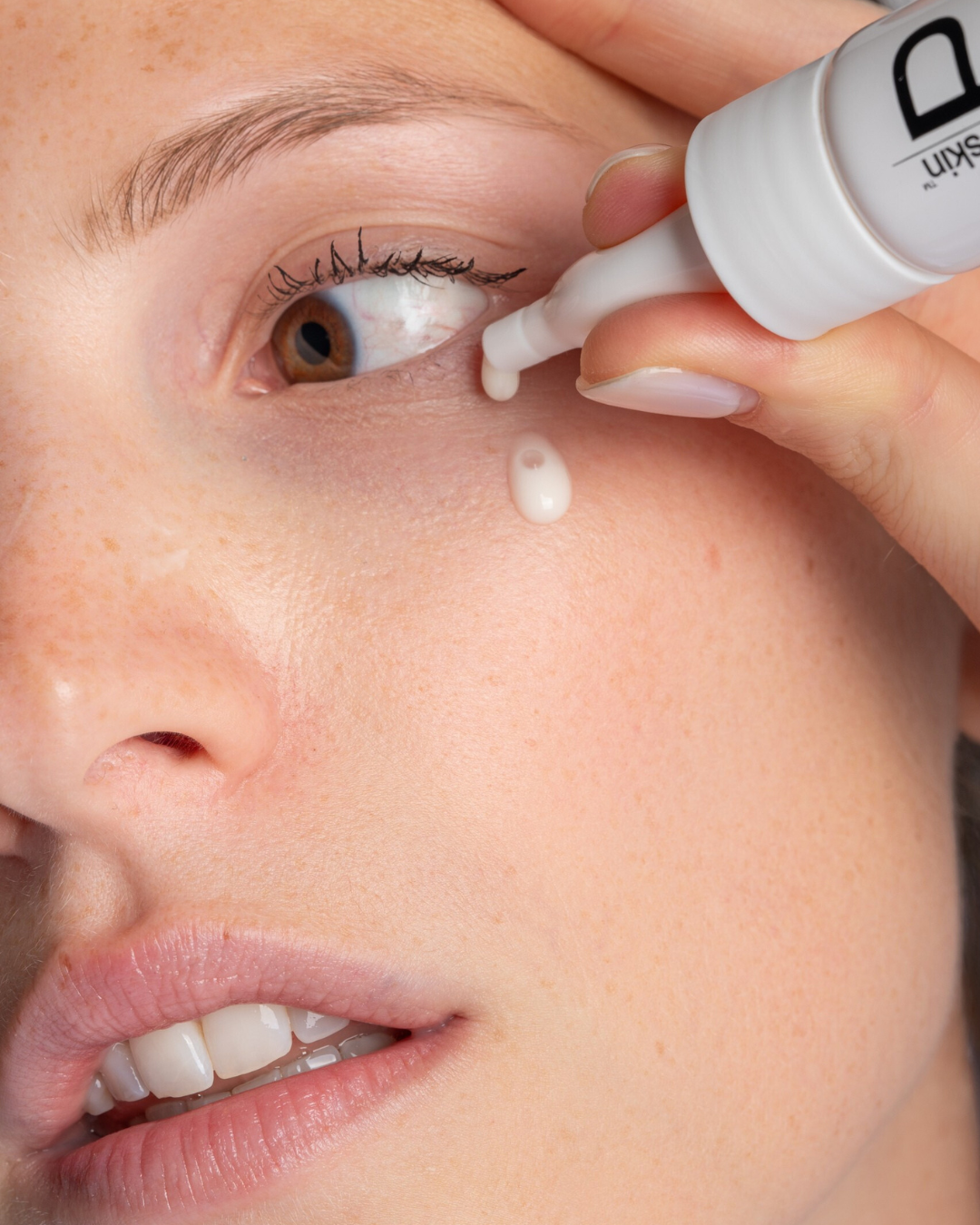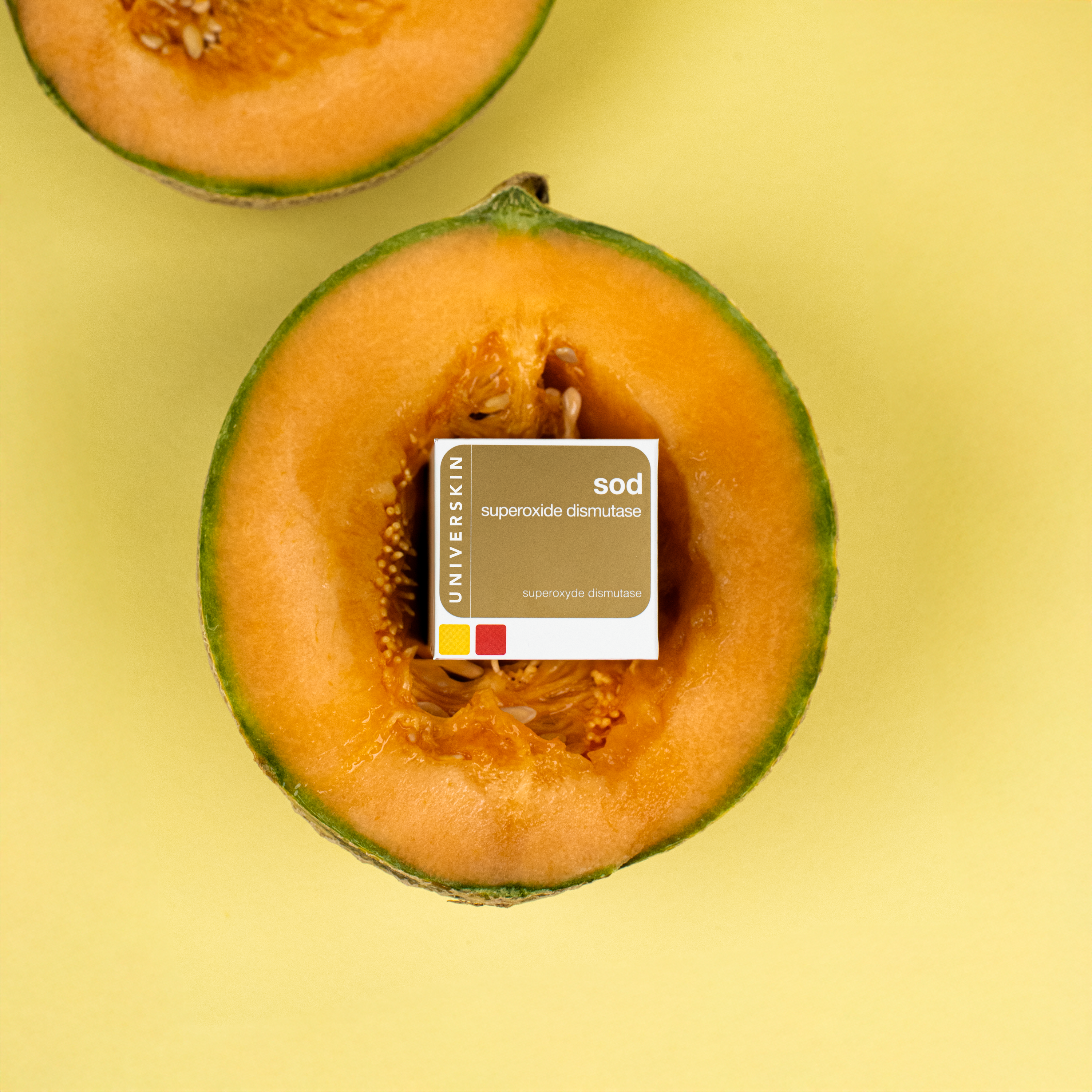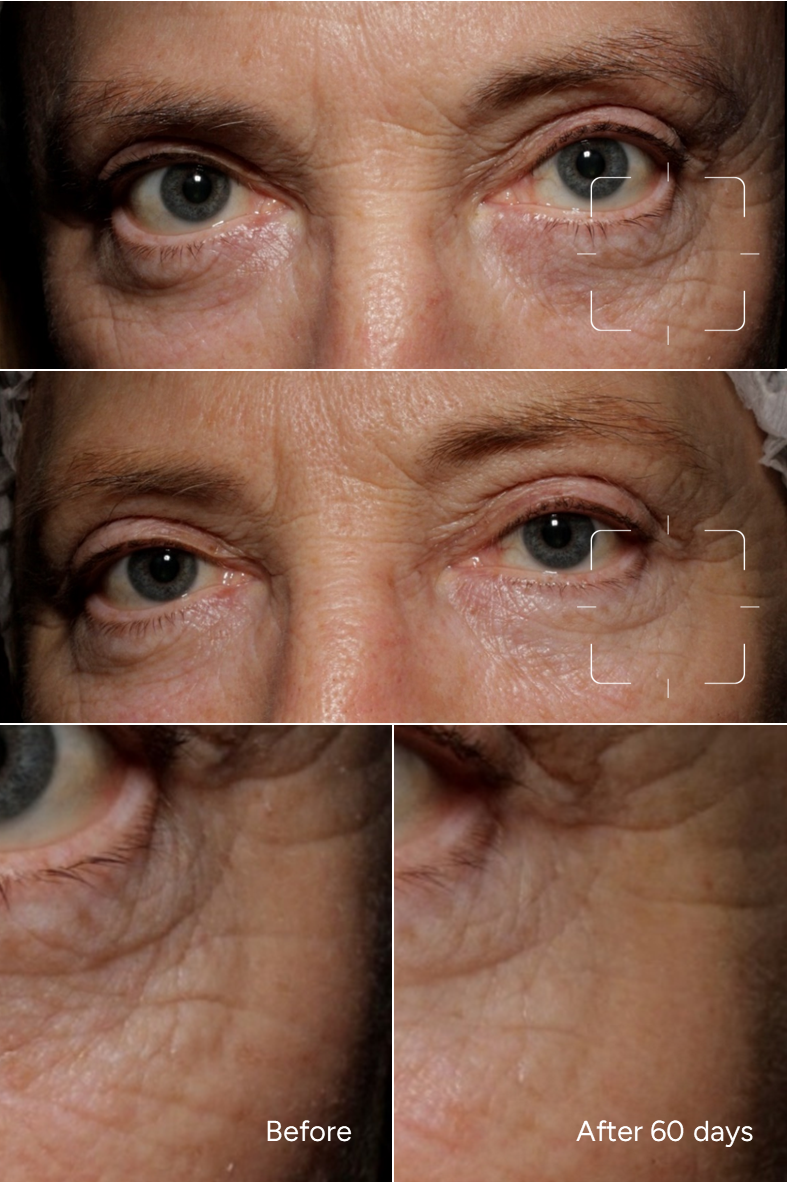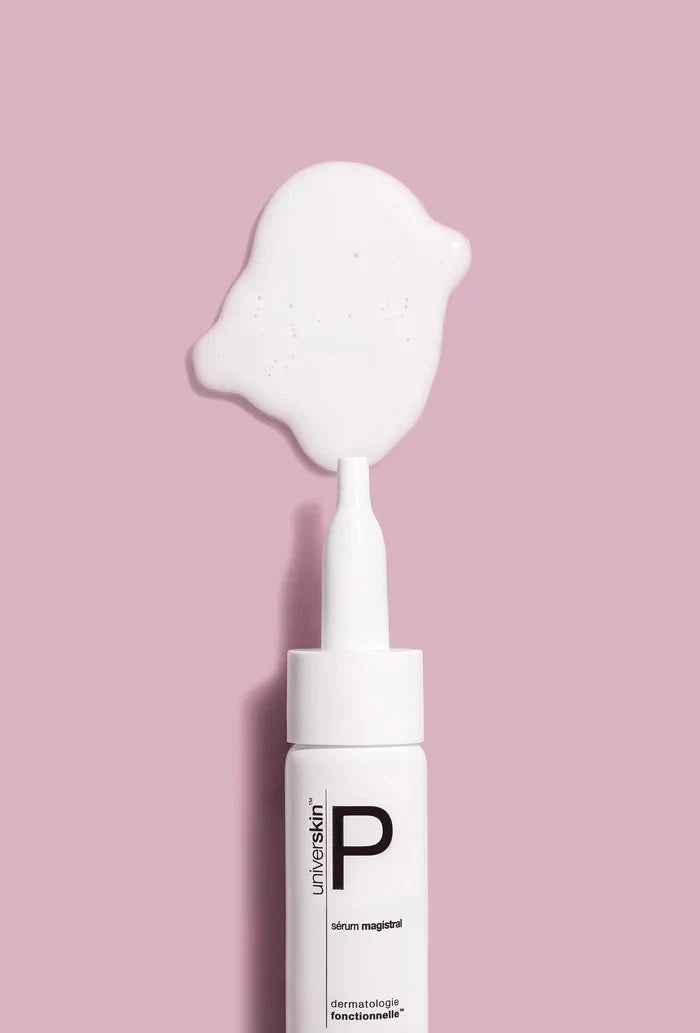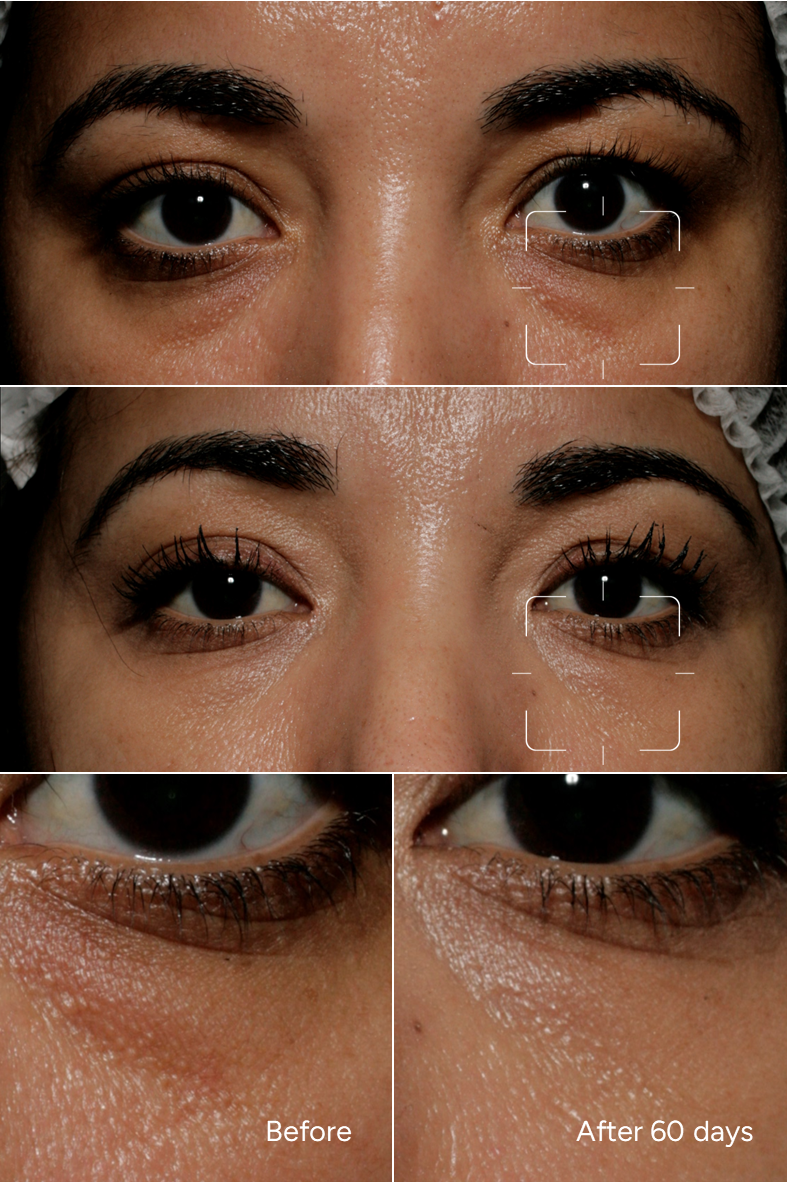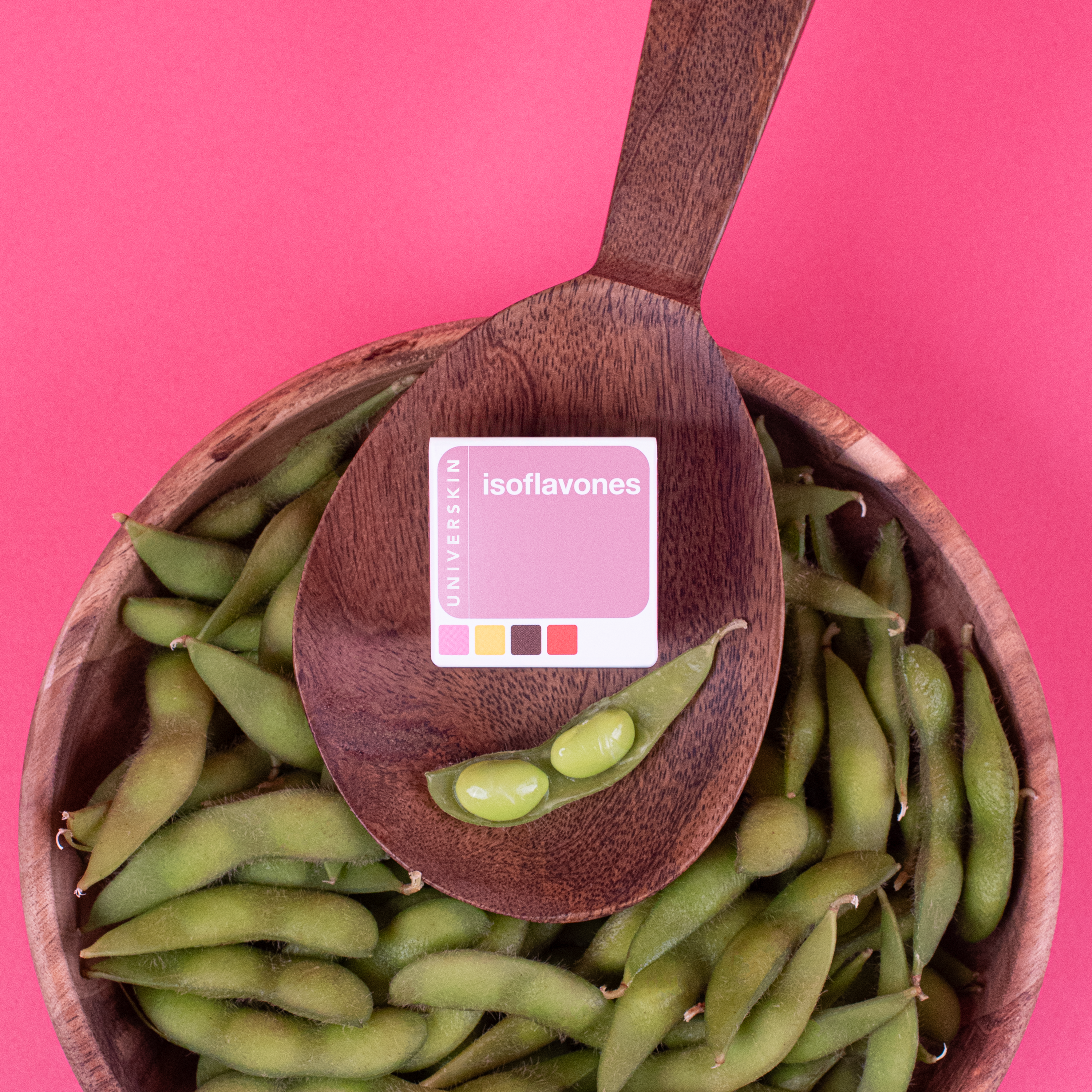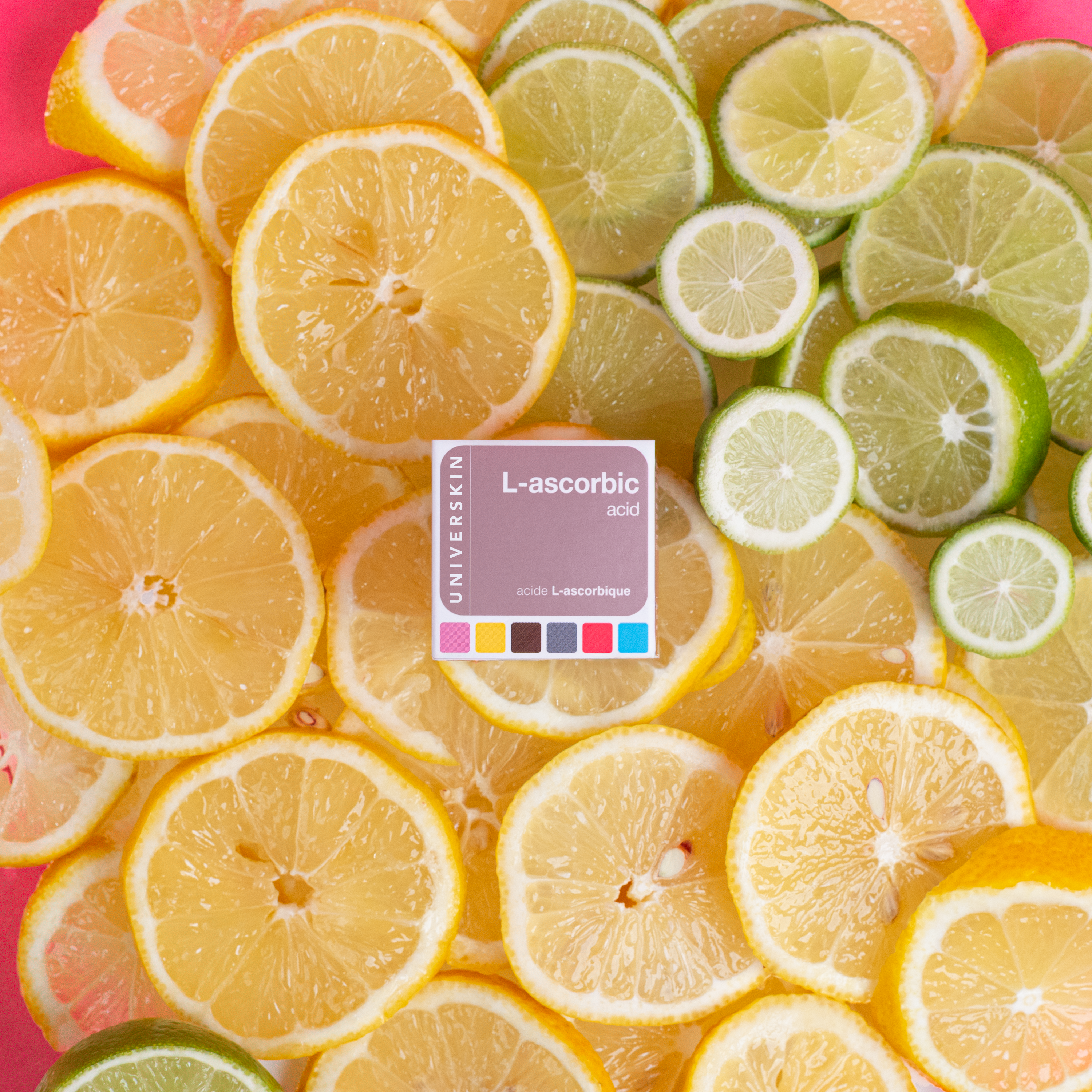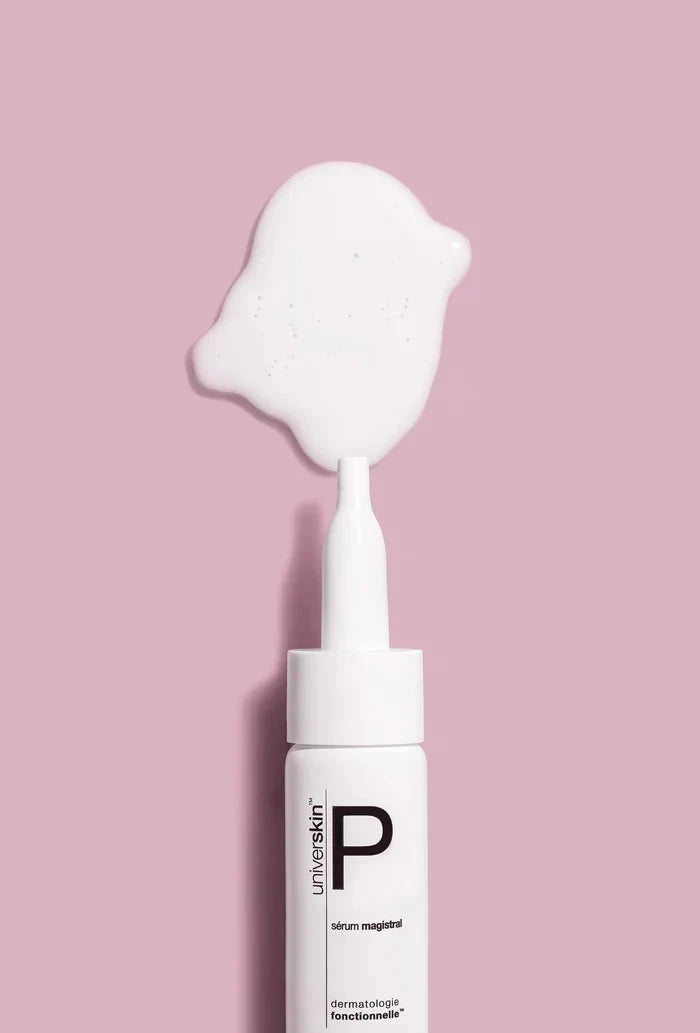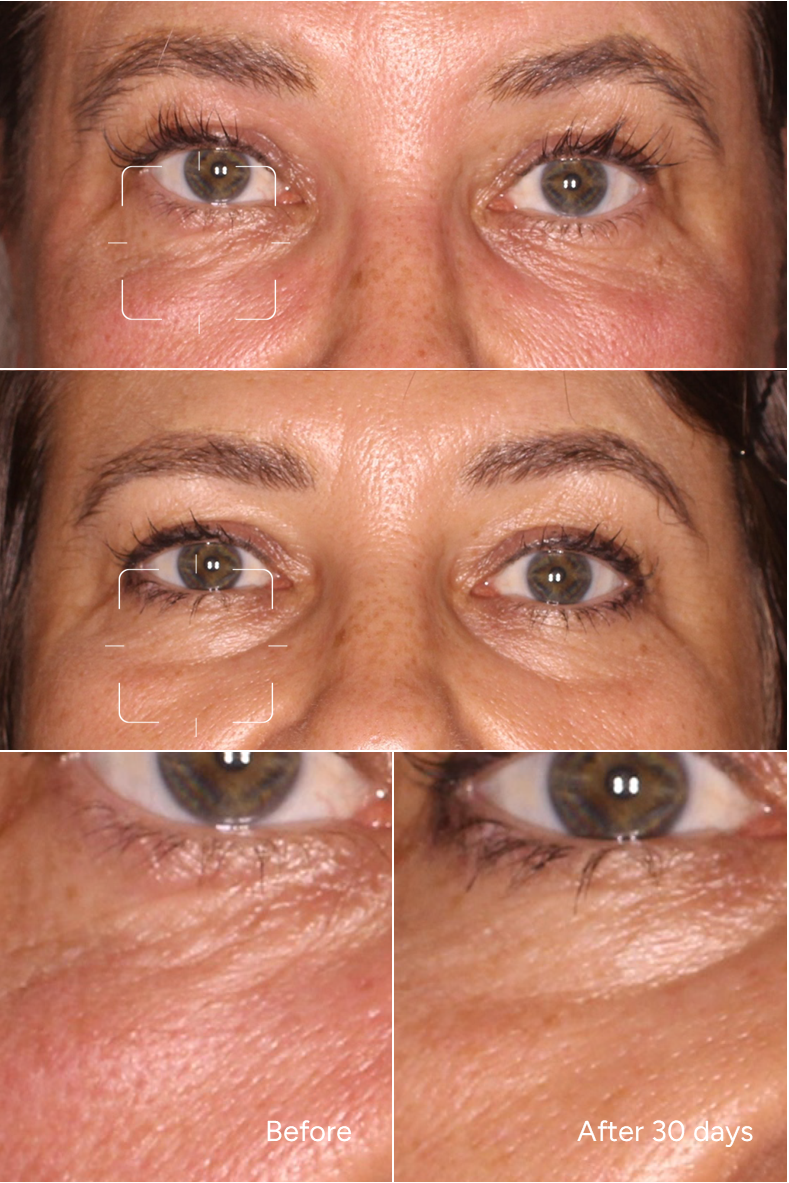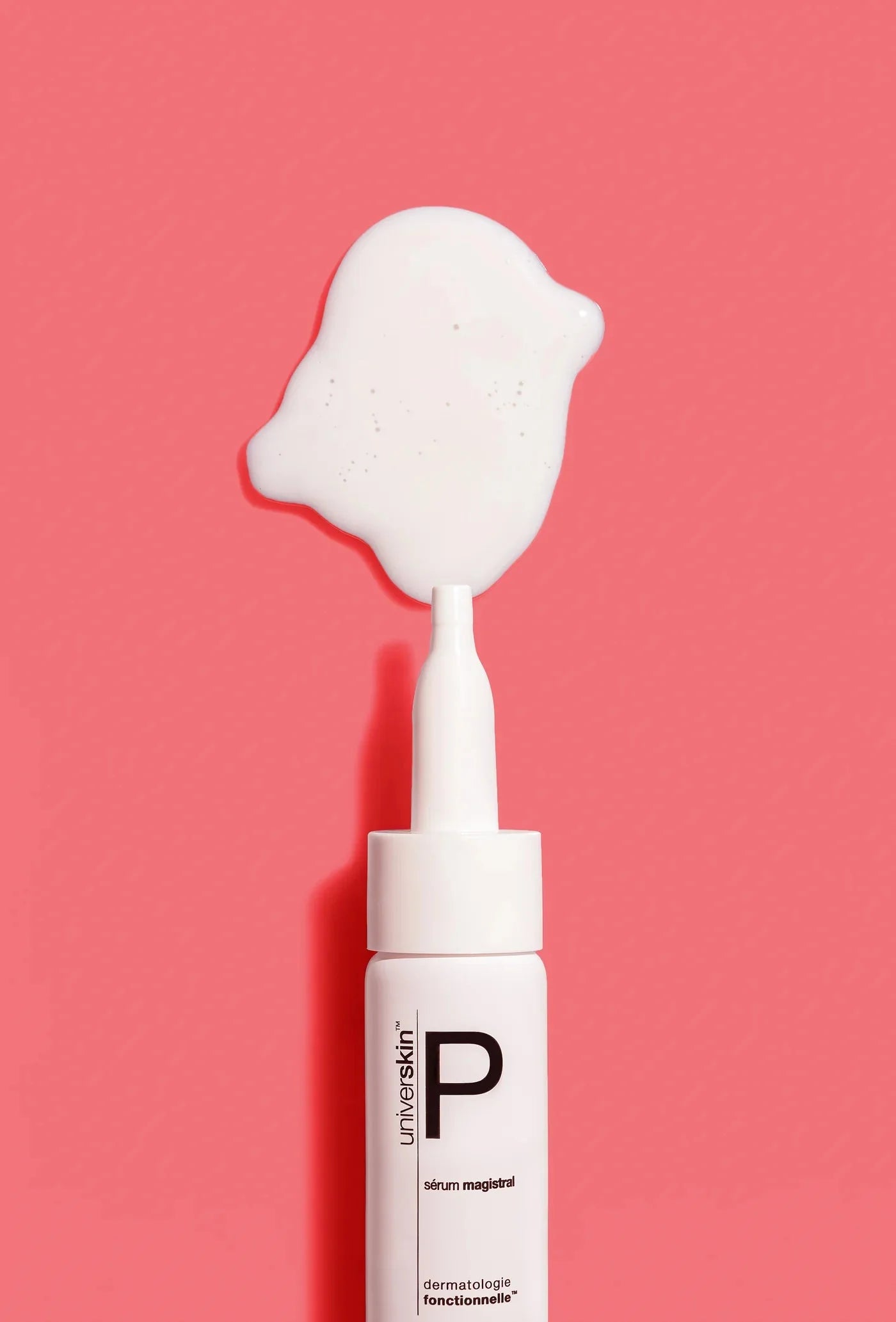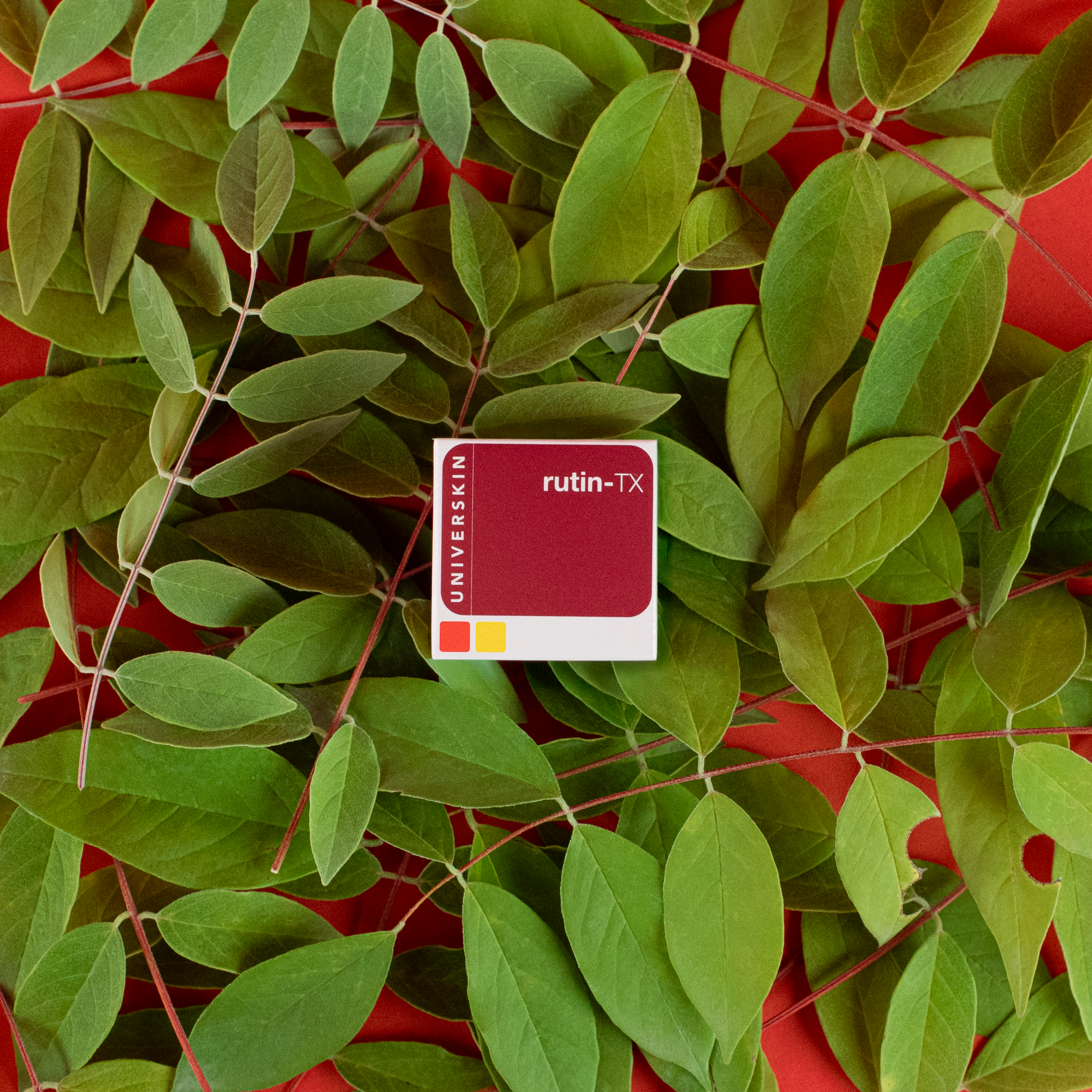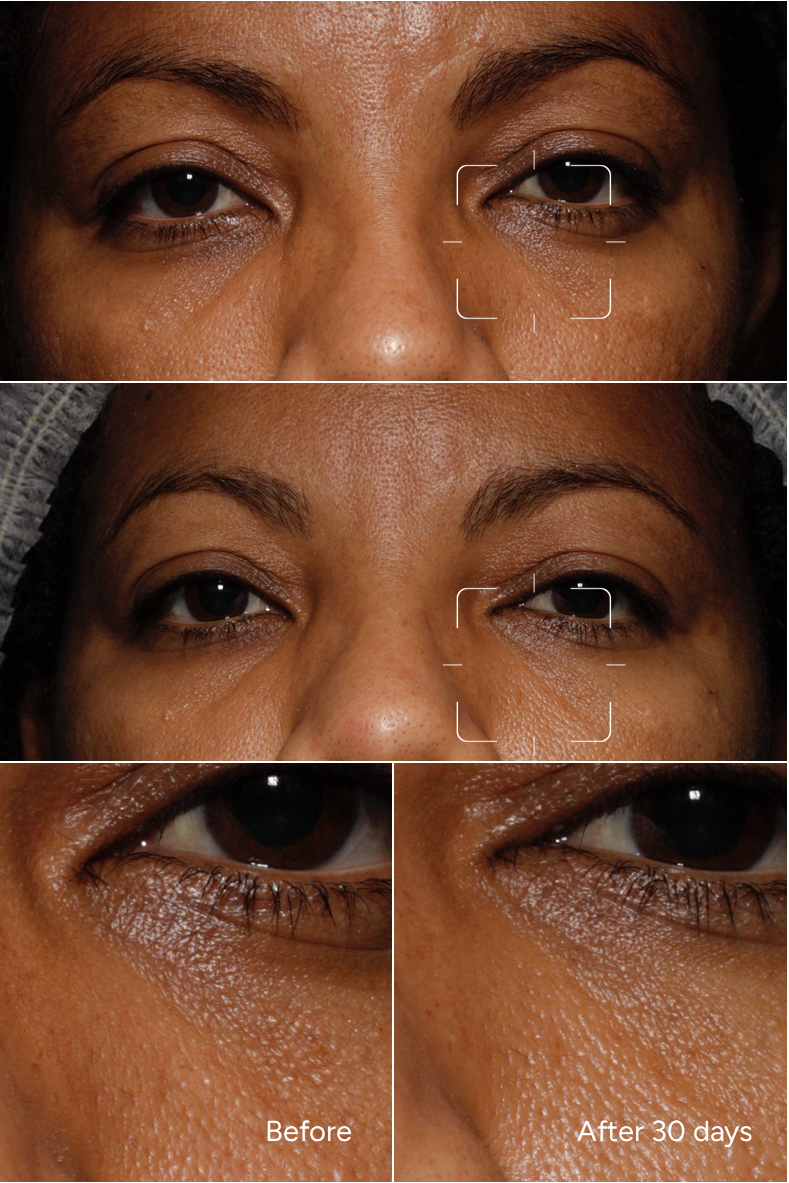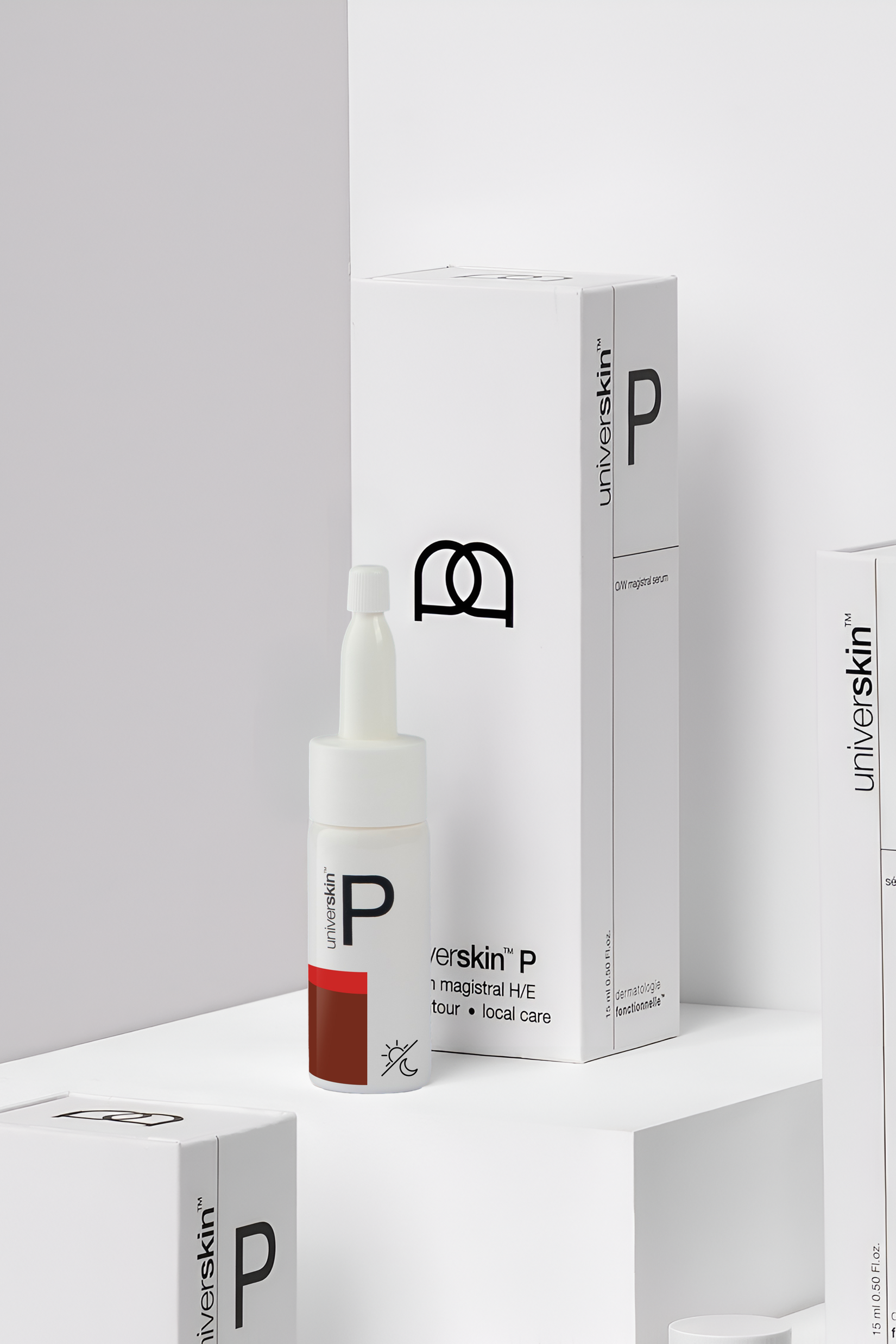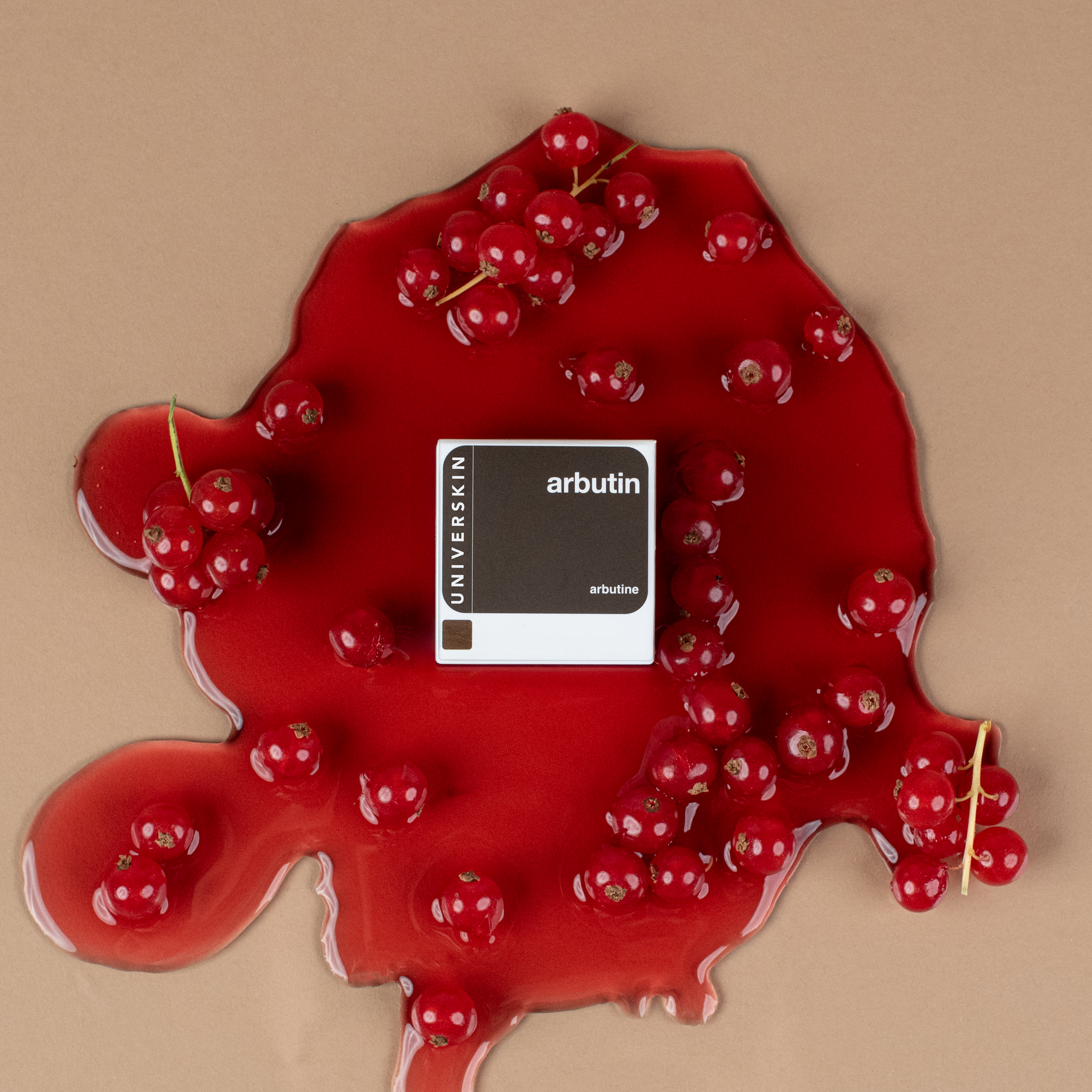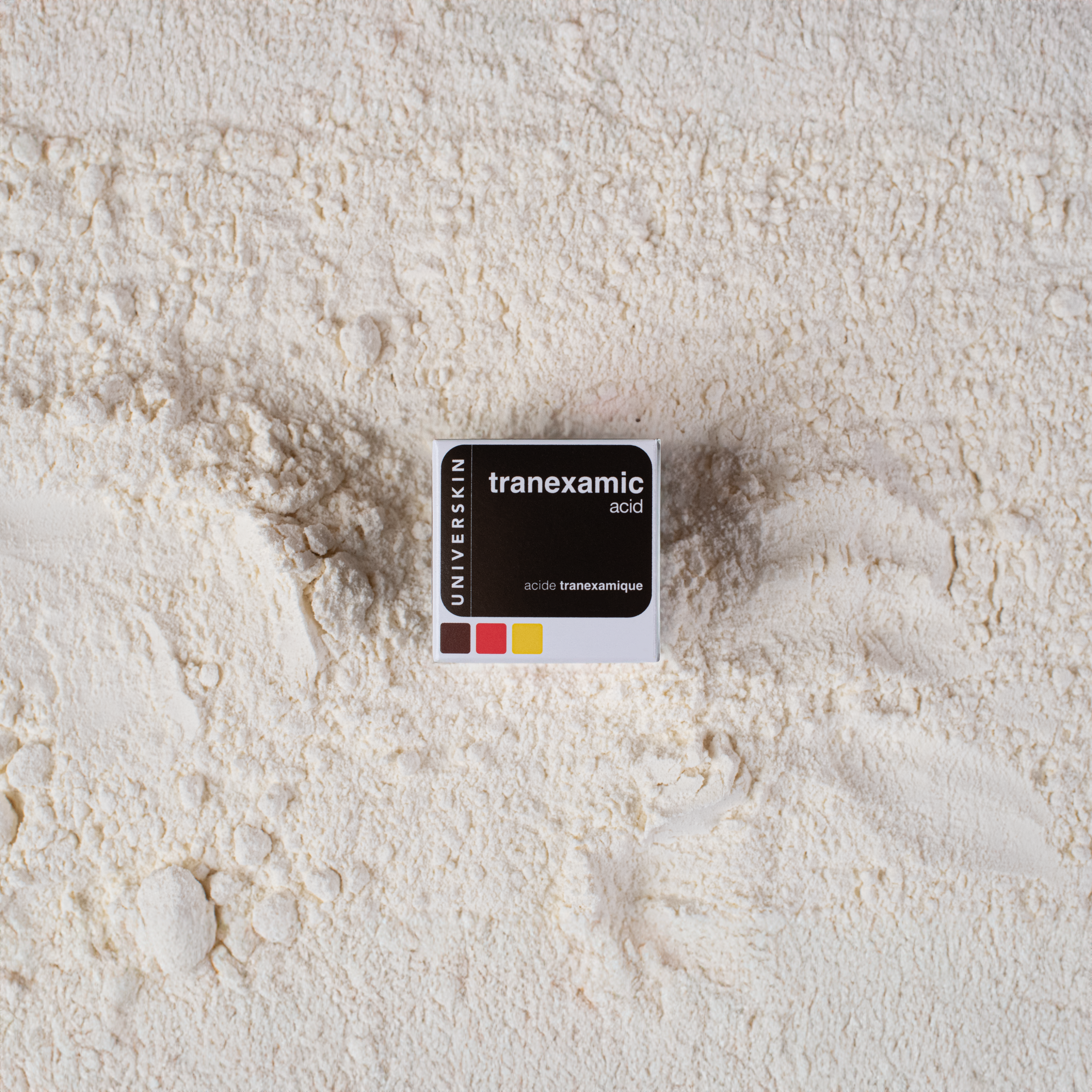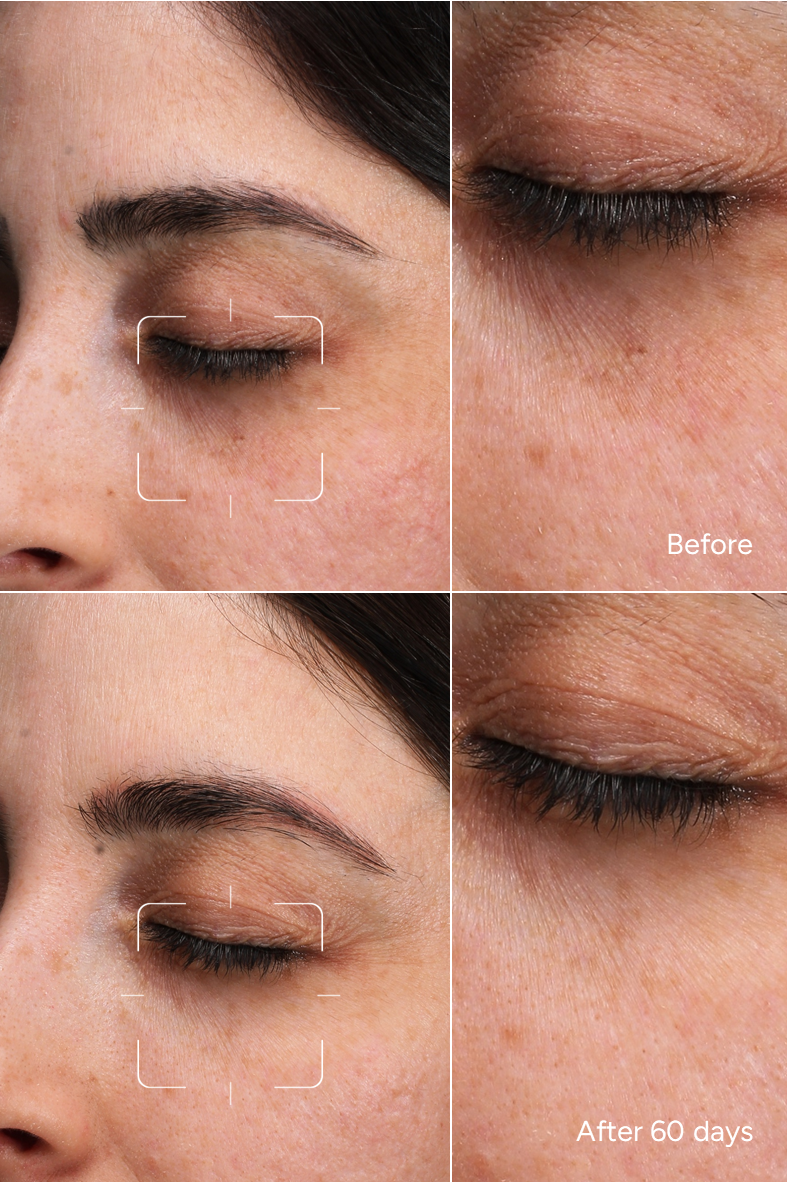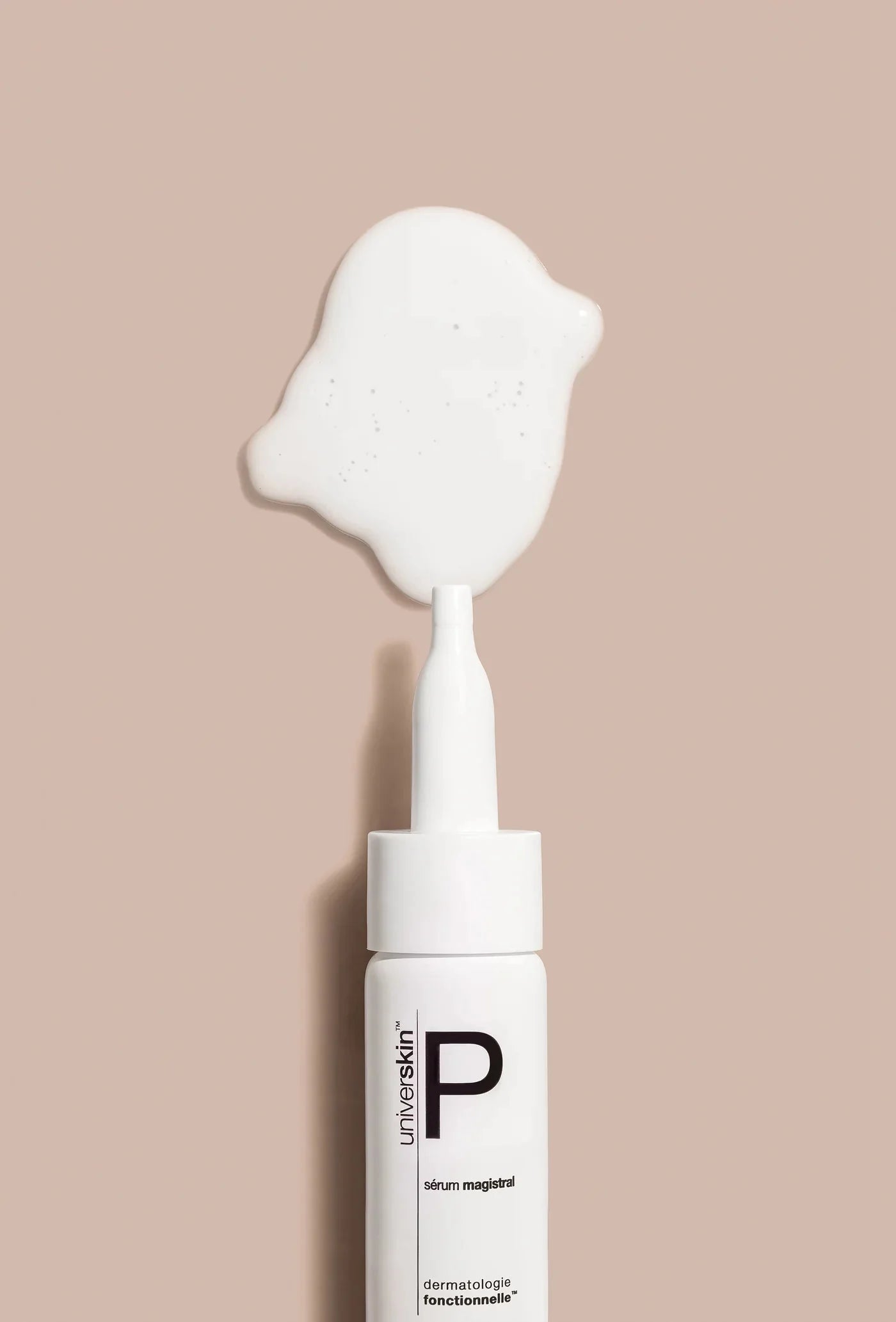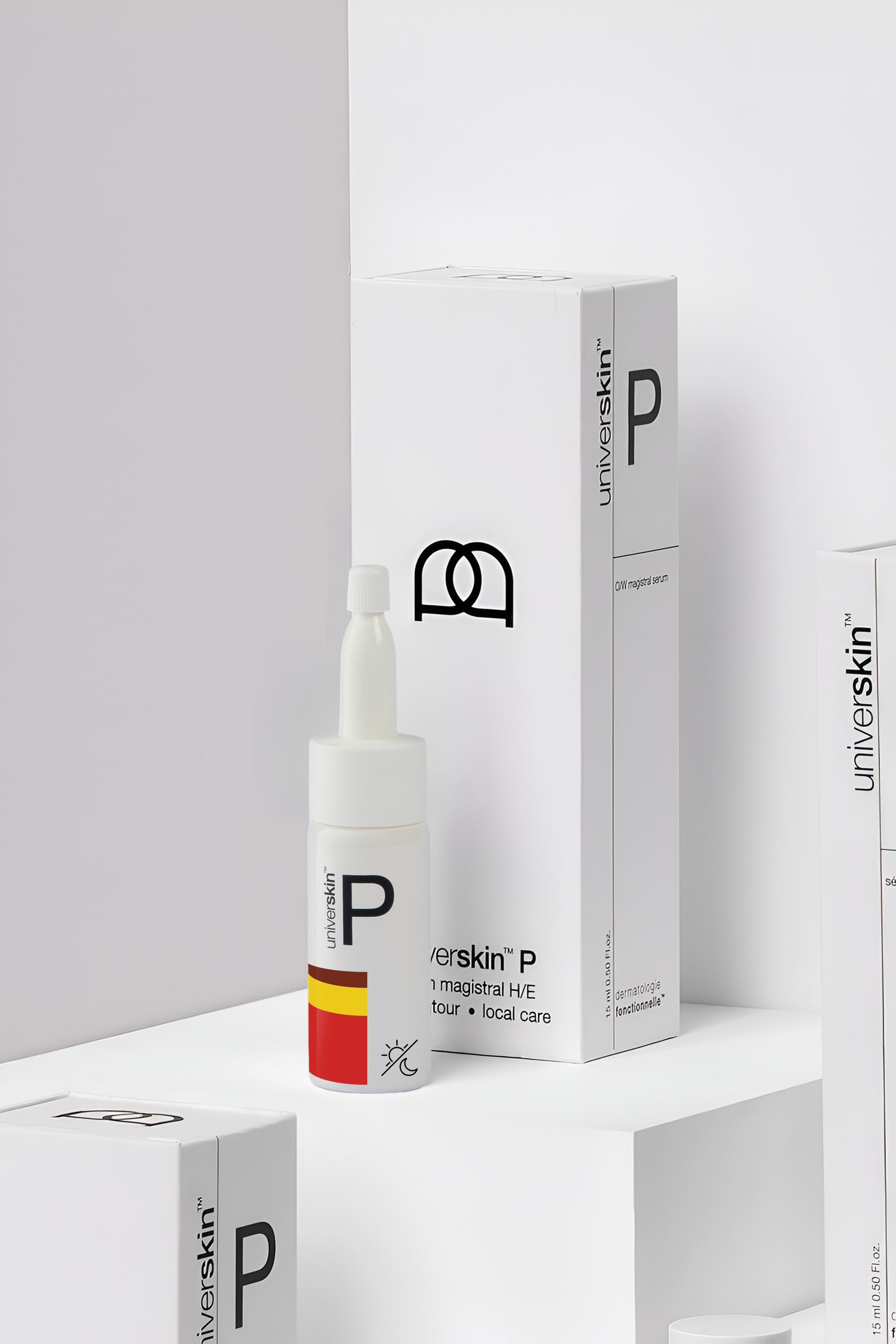Filters
Login
Country
Language
Country
Language
Cart
Your cart is empty
Eye Contour
Revitalize and enhance the delicate skin around your eyes with our targeted eye serums. Our formulas include powerful ingredients to address fine lines, dark circles, puffiness, and hollow, sunken eyes.
Eye Contour
Revitalize and enhance the delicate skin around your eyes with our targeted eye serums. Our formulas include powerful ingredients to address fine lines, dark circles, puffiness, and hollow, sunken eyes.
Eye Contour
Revitalize and enhance the delicate skin around your eyes with our targeted eye serums. Our formulas include powerful ingredients to address fine lines, dark circles, puffiness, and hollow, sunken eyes.
Sort by
6 products
Filters
Your Skin. Decoded.
Instant skin insights. Smarter skincare starts here.

Step 1 :
Capture standardized selfies (front and optional side profiles).Step 2 :
Get a medical-grade skin analysis of 50+ parameters—powered by AI, validated by dermatologists.Step 3 :
Receive your personalized treatment protocol, clinically tailored to your skin’s unique needs.By clicking “Start”, you agree to upload your photos for an AI-powered skin assessment and personalized skincare recommendations. Universkin will process your data in line with its Terms & Conditions and Privacy & Patient Information Policy.
Please upload a clear frontal photo with a visible face.

Front view with key facial markers.
Please ensure your face is clearly visible in the frame

Right profile silhouette for side view positioning.
Please ensure your face is clearly visible in the frame

Left profile outline, mirrors right side for consistency.

This process involves a structured evaluation of over 50 parameters relevant to skin function and appearance. It has been developed with input from dermatology experts and is supported by a dataset of approximately 100,000 facial images. These reference profiles span a wide spectrum of Fitzpatrick phototypes, ethnicities, age groups, and clinically documented skin concerns. By comparing your image against these medically contextualized benchmarks, we generate a precise and individualized understanding of your skin.
We're currently preparing your image by correcting uneven lighting, adjusting color balance, and identifying any obstructions such as hair, glare, or shadows. Once the image is stabilized, we isolate key facial zones, such as the forehead, cheeks, and nose, so that each region can be assessed independently. To achieve this, we utilize a convolutional neural network trained for facial landmark detection and regional segmentation, which enables us to precisely localize facial features even under suboptimal imaging conditions.
Now that your facial zones are mapped, we're determining key individual parameters that guide the rest of the analysis: visual skin age, gender expression, ethnicity classification, Fitzpatrick phototype, and skin thickness. We estimate these traits using a deep ensemble model that integrates texture analysis, pigment distribution, vascular patterns, and structural cues, such as facial volume and fine line density. This step enables us to interpret all subsequent findings within the correct biological context.
Now that we've established your skin profile and segmented key facial regions, we’re entering the core phase of the assessment: evaluating distinct skin concerns such as pigmentation, hydration, aging, and inflammation.Each concern is analyzed through a combination of deep convolutional neural networks and predictive classification models trained on dermatology-labeled data. These models detect both visible skin markers—like pore size, redness, and fine lines—and non-visible indicators, such as dehydration risk or barrier vulnerability, based on contextual traits like phototype, age, and skin thickness. For each concern, we’re assigning a dysfunction score based on observed conditions and risk indicators. These scores help prioritize your skin needs, ensuring that your treatment plan targets not just symptoms, but root causes.
We’re examining skin clarity, signs of dullness, fatigue, and early UV-related changes that can reduce overall luminosity.
We assess early fine lines, elasticity, and volume shifts to detect subtle signs of structural aging and collagen loss.
We identify redness patterns, vascular reactivity, and inflammatory signs that may point to sensitivity, rosacea, or barrier dysfunction.
We evaluate hydration levels and barrier performance by analyzing surface texture, suppleness, and dryness risk based on skin thickness.
We measure sebum activity and pore appearance, particularly in the T-zone, to understand oil balance and congestion tendencies.
We assess skin smoothness and evenness by detecting subtle roughness, bumps, or scarring that affect tactile and visual texture.
We analyze lesion types—comedones, pustules, or papules—and determine the presence and distribution of breakout activity.
We detect uneven melanin distribution, sun spots, and post-inflammatory pigmentation to assess tone uniformity and discoloration risk.
We examine the eye area for fine lines, puffiness, dark circles, and volume loss, using localized high-resolution mapping to detect early signs of fatigue and aging.
We assess this often-overlooked area for photoaging, pigmentation, dehydration, and texture changes, ensuring your skincare plan supports both facial and extended skin health.
We’re now compiling all evaluated data—individual skin traits, regional analysis, and dysfunction scores—to determine which concerns are most relevant for your skin at this time. Our system ranks these concerns using a multi-criteria decision model that weighs both current severity and predictive vulnerability.
We’re now compiling everything into a clear, structured report. This includes a profile of your skin’s overall health and your top-priority concerns. Each concern is summarized with contextual explanation—why it’s important, how it was detected, and what it implies for your skin's function and future.
Your skin summary is ready.

Front view with key facial markers.

Right profile silhouette for side view positioning.

Left profile outline, mirrors right side for consistency.
Please review our Terms & Conditions and Privacy Policy, which explain how your data will be used and protected.
Your personal health information is important for providing the most accurate skin wellness assessment. We protect your privacy in accordance with applicable laws.
Enter your email and password to login
Please fill in the information below
Enter your email to recover your password
Your health background helps us tailor your skincare safely and effectively, avoiding ingredients that may not suit your medical profile.
✖Pregnant
Take HRT (Hormone Replacement Therapy)
Take Birth Control Pill
Use IUD (Intrauterine Device)
Menopausal State
Treated for Breast Cancer
Treated for Skin Cancer
Treated for Adenocarcinoma Cancer
Treated for Acne Rosacea
Currently Has Cold Sores
Allergies
Other Allergies
+Medical Conditaions
Medications

A classification system that determines how your skin reacts to UV exposure. Ranges from I (very fair, burns easily) to VI (very dark, rarely burns). Helps assess sun sensitivity and pigmentation risks.
More delicate, prone to fine lines, sensitivity and faster moisture loss.
More resilient, less prone to fine lines but may have more visible pores and deeper wrinkles over time.
Balanced oil and moisture levels, few skin concerns.
Lacks moisture, prone to roughness, flaking and sensitivity.
Excess sebum production, often leading to shine and enlarged pores.
Oily in some areas (T-zone) and dry in others (cheeks).
Prone to redness, irritation, and reactions to skincare products.
The patient's skin exhibits moderate signs of aging, visible redness, and dryness. There are also signs of mild oiliness and uneven skin texture. The patient's skin is prone to acne, specifically acne rosacea, and shows signs of hyperpigmentation.
To access your full skin report and tailored suggestions, please sign in.
Our analysis is based on your photo but you know your skin best.
Share any additional concerns or observations, so we can refine your results even further.

